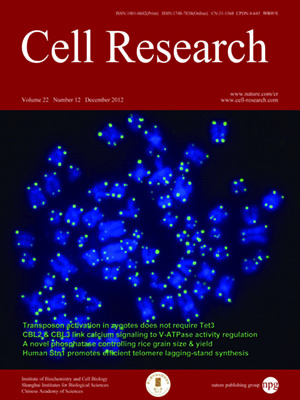
Volume 22, No 12, Dec 2012
ISSN: 1001-0602
EISSN: 1748-7838 2018
impact factor 17.848*
(Clarivate Analytics, 2019)
Volume 22 Issue 12, December 2012: 1637-1639
RESEARCH HIGHLIGHTS
Mechanisms involved in the Abacavir-mediated hypersensitivity syndrome
Anuska Llano1 and Christian Brander1,2,3
1Irsicaixa AIDS Research Institute ?HIVACAT, Hospital Universitari Germans Trias i Pujol, Badalona, Spain
2Universitat Aut騨oma de Barcelona, Hospital Universitari Germans Trias i Pujol, Badalona, Spain
3Instituci?Catalana de Reserca i Estudis Avan鏰ts (ICREA) Barcelona, Spain
Correspondence: Christian Brander,(cbrander@irsicaixa.es)
The potentially life-threatening adverse reactions to Abavacir (ABC), a nucleoside analog reverse transcriptase inhibitor for the treatment of HIV infection, have been known for several years to be limited to individuals expressing the HLA-B*57:01 gene. Why the ABC hypersensitivity syndrome is only seen in HLA-B*57:01-expressing subjects and what the precise mechanisms underlying this intolerance are remain however controversial. A series of recent studies, particularly a study by Illing et al. recently published in Nature, now answer some of these questions and offer new opportunities to better understand autoimmune disorders and prevent adverse reactions to other drugs.
Cell Research (2012) 22:1637-1639. doi:10.1038/cr.2012.105; published online 10 July 2012
FULL TEXT | PDF
Browse 2461


